320,000 people live in Iceland. Around 200,000 of them live in the capital area, and the rest are spread over 103,000 square kilomoters of this remote island. 2013 will be a record year for tourism in Iceland – more than 700,000 visitors are expected this year. Traveling in Iceland, in many places tourists are more dominant than locals, sometimes casting a shadow on the country’s magnificent landscapes. During a 40 nights and days trip to Iceland in August-September 2013, I found the time to step aside from the shadow and interact with Icelanders. These encounters were fascinating experiences, adding another dimension to the country of ice and rocks. In this part of “People of Iceland” I shall share with you some of these encounters, took place throughout the island.
Fishing industry is still a significant source of income for Icelanders. Here in Borgarfjörður Eystri, nets and baits are being prepared.
In charming Ísafjörður, capital of the remote Western Fjords, located about 460km from Reykjavík, seamen maintain docks and ships.
On the other side of the island, in the south-eastern town of Höfn, I met the workers during a short break inside the ship
Eymondur paused for a few minutes to chat.
“I love this work. I also have time for my hobbies. I play the drums and I’m a member of a local band which performs during festivals. It’s a small town of 1700 people. I met my wife here and we live happily with our three children”.
Getting to Höfn, about 460km from Reykjavík, with public transportation, is a long and expensive experience. Till lately, only private companies ran bus lines to remote parts of the island through the beautiful landscape and challenging weather conditions.
But currently, the public “Strætó” service is available as well, cutting ride costs by half and offering special tariffs for children and seniors. Icelanders, highly dependent on cars to move around, now become aware of the attractive and convenient substitute. Chatting with the local drivers is a wonderful way to get familiar with the area.
For experiencing the highlands of Iceland on demanding dirt roads, most locals and visitors use numerous kinds of oversized jeeps. A few are seen riding on two wheels, driving hundreds of kilometers through barren land, caught here on a break in Dreki hut, near wonderful Askja. (It’s worth mentioning that challenging bicycle riding throughout Iceland is a popular adventure mainly among foreign visitors).
Huts are scattered in the prettiest parts of Iceland for the enjoyment of travelers. Inca is the loyal ranger at Botnar Hut in Emstrur region in the south. Numerous trekkers sleep in this hut during the summer while trekking the famous Laugavegur trek. Although Inca likes the solitude of nature, she happily welcomes visitors who dare arrive the hut in a stormy weather with complimentary hot soup and pasta.
At Skaftafell National Park, where nature created a glaciers celebration, rangers of the park celebrate the annual summer bonfire. Traditional songs are played together, on an icy background and a never-ending midnight sunset.
Icelandic summer (with a weather resembling winter in many other countries…) is an opportunity for festivities, such as the Ormsteiti festival celebrated in Egilsstaðir, where neighborhoods are decorated in distinct colors. Here we visit gula hverfið – the “yellow neighborhood”. “Besides enjoying the festival and working in the garden with my yellow gloves, I teach local children music”.
About an hour drive from Egilsstaðir we reach the wonderful Borgarfjörður Eystri, on the Eastern Fjords. With a population of around 150 people, this is one of many points in Iceland where remoteness relaxingly overwhelms you.
North-Eastern parts of Iceland relatively get more sunny days than other parts of the country, and it’s an opportunity to enjoy the warm rays.
In the evening, a visit to the local bar-restaurant is a must. The old “já sæll” greeting welcomes you. But “Why shouldn’t I laugh at the locals?” “Well, we are six guys who are both the owners and workers of this restaurant, which once was the local community center. It’s only open in the summer and all of us have other occupations during the rest of the year”. So expectations were lowered, but the food was delicious…
Back deep in the highlands, farmers are gathered for two nights in Hveravellir. A week of bringing the sheep from the highlands to the lowlands is a reason for celebration.
Traditional Icelandic sweaters made from local sheep wool and sold in tourist shops in Reykjavík are indeed worn by locals!
A visit to a local wool factory is a true experience. In the family owned Kidka factory in Hvammstangi, work is done by hand.
We shall now visit Akureyri, Iceland’s second “largest” town and capital of the north. Home to about 18,000 people it is a small pleasant town with all the needed features of a big city. On the main street, a branch of Eymundsson, the “oldest and largest bookseller in Iceland” is a popular hangout place for all ages.
HOF, the magnificent culture center also serves as the gateway to the town and an arena for young skaters.
“We can skate everywhere we like”
It is still summer vacation. Some youngsters come from far away to visit a friend
Others meet after work. High-school students occupy most supermarket cashier positions during the summer.
The local “Ilmur” cafe is a true gem. Owned by two ladies, the grandmother of one of them used to live in the same location – one of the oldest houses in town.
Some churches in Iceland present fine examples of modern and contemporary architecture, such as this one in Blönduós. But what caught my eyes was children from the nearby school playing outside. Something seemed wrong… but yes, schools in Iceland are not fenced.
900 people live in Blönduós, 245 km from Reykjavík, and here I met the whole 14-15 years old youth of the town together with their science teacher. “Today the sun came out after many days of rain. So we take a walk out of town to study about nature”. In many small Icelandic towns, the area occupied by public facilities is much larger than the residential area.
Norðurfjörður is the remotest place I have visited in Iceland. An endless dirt road leads to a tiny fishing village in the eastern parts of the Western Fjords, where magnificent cliffs interact with the sea and the local grocery store is the meeting place for locals.
On the way, a visit to Djúpavík is a surprising experience. A few houses located on the shore of Reykjarfjörður are dominated by a huge concrete structure with a fascinating story. It used to be a herring factory many years ago, and was abandoned when the herrings decided to move to another fjord. Eva Sigurbjörnsdóttir, proprietor of a local hotel, tells the story of her husband, who followed a crazy dream to buy the structure and move permanently to live in the village, which during the ’80s was empty of residents. With his bare hands and help from their children the factory structure was turned into a unique exhibition hall. Eva kept talking about her husband, and it took several hours till I could see him, preparing concrete to fix one of the dilapidated walls of the building and willing to pose for me.
Ási didn’t tell much, and rather stared at the camera and gave me a remarkable look I’ll never forget.
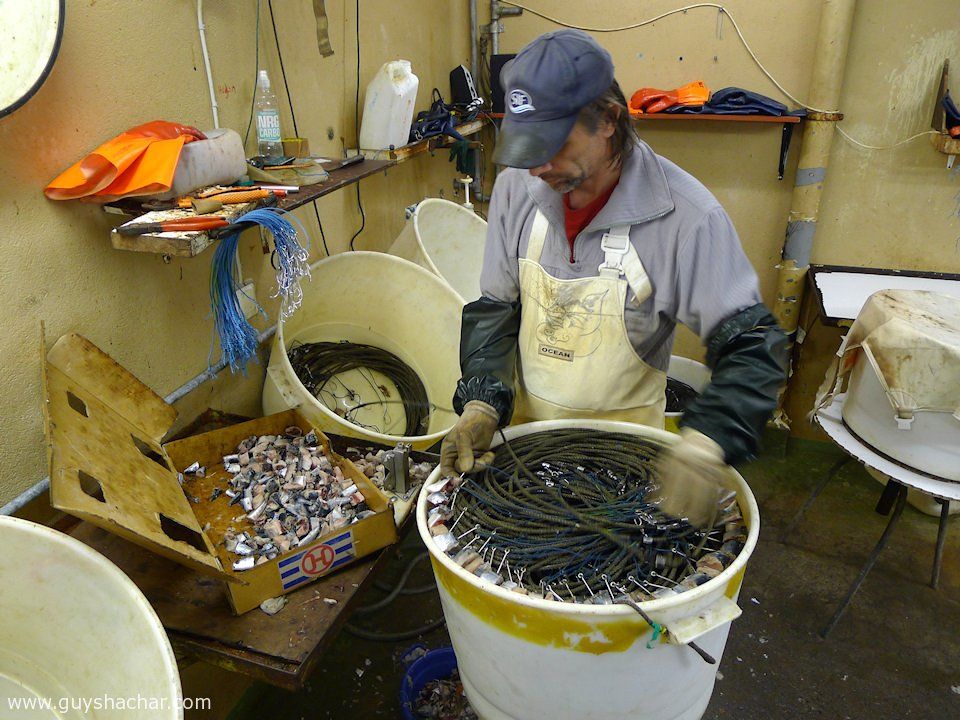
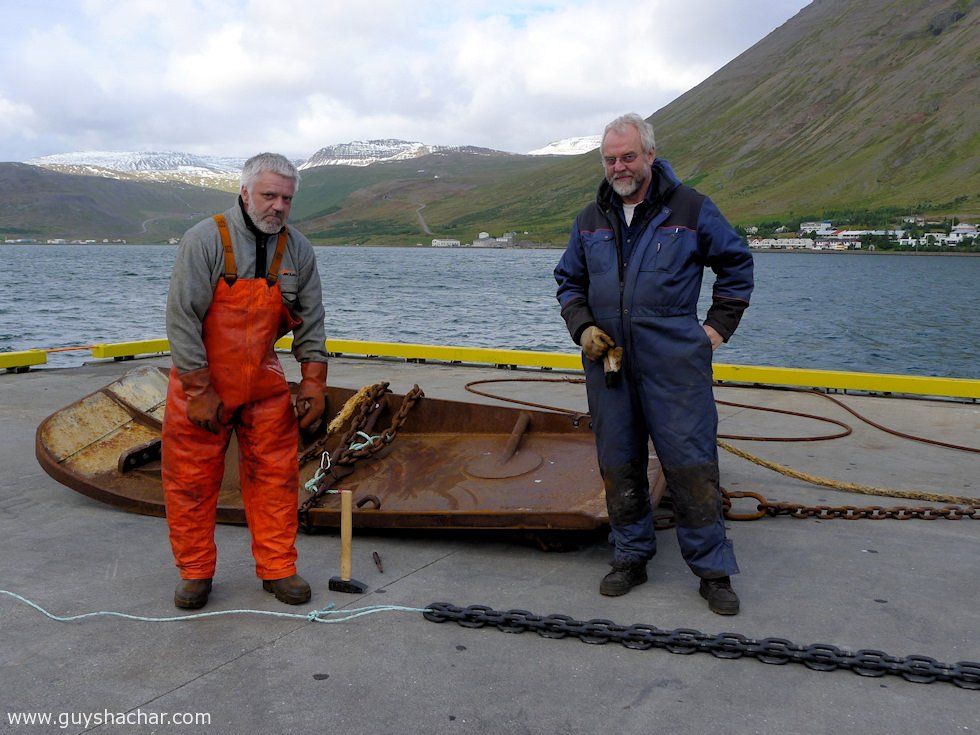

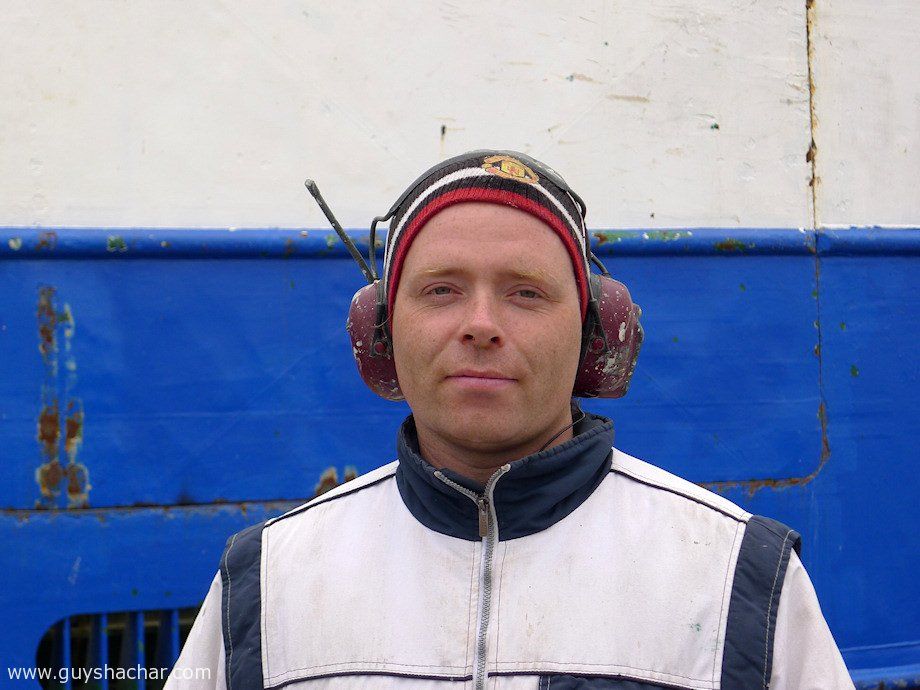
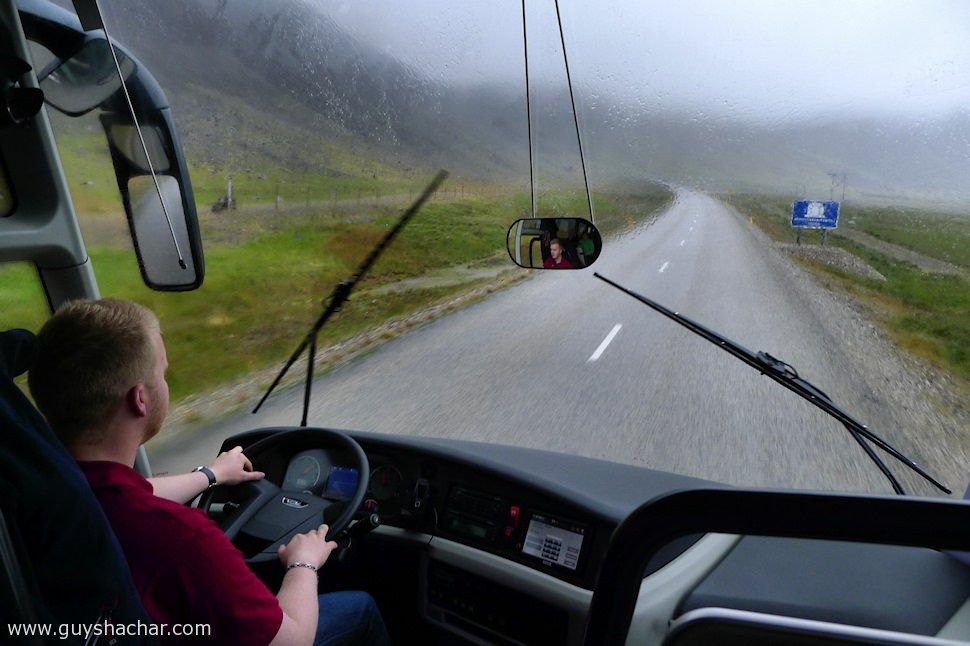
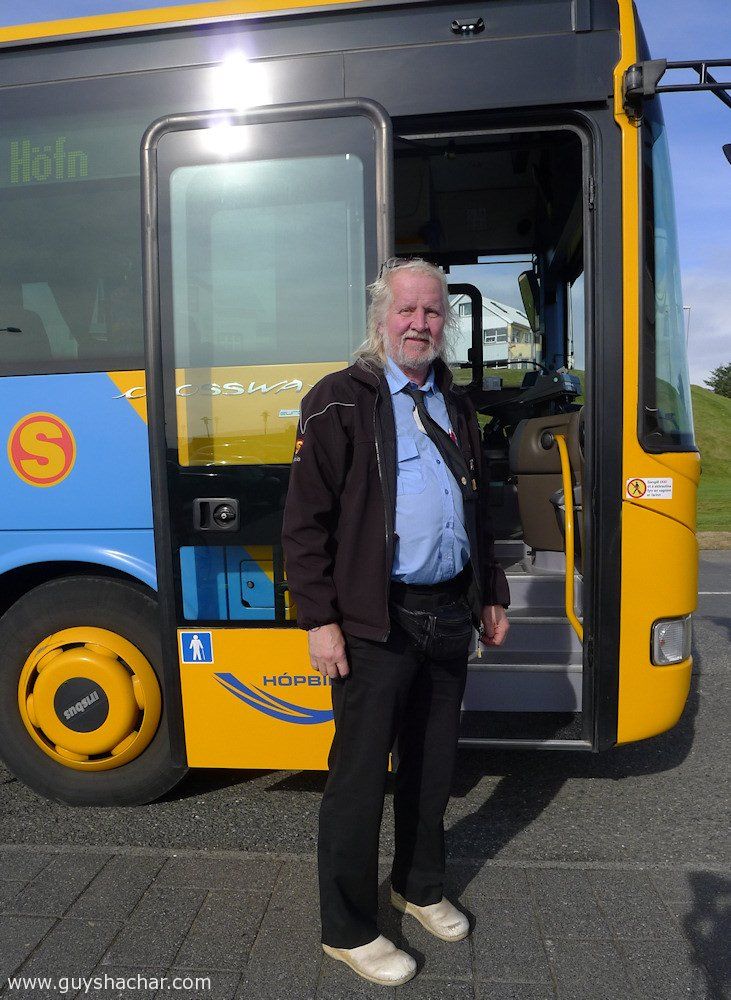
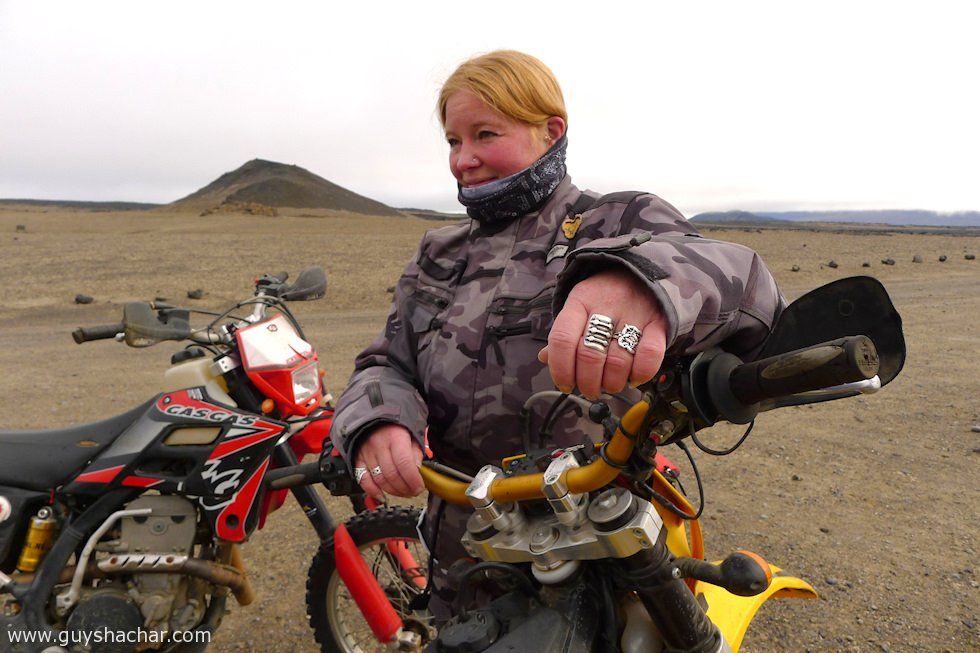
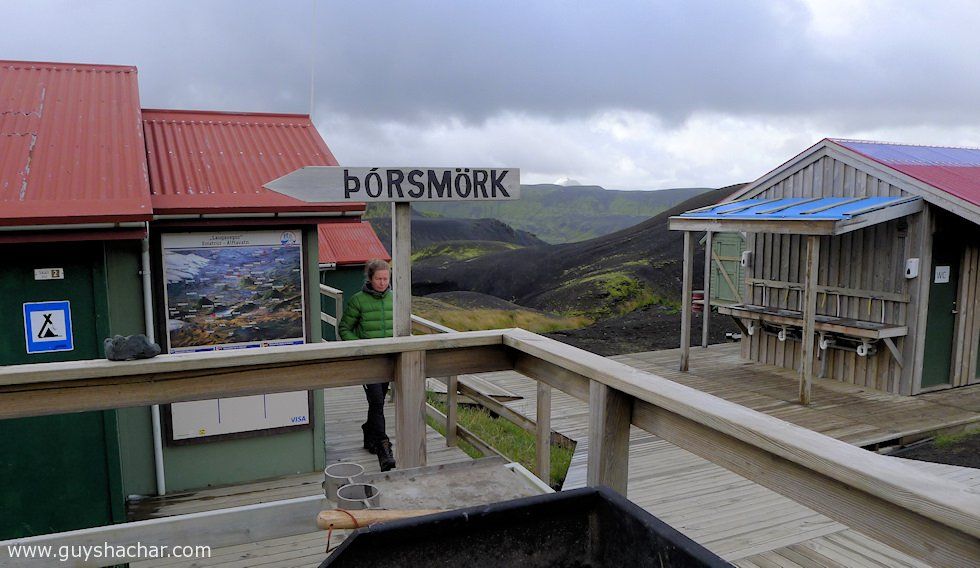
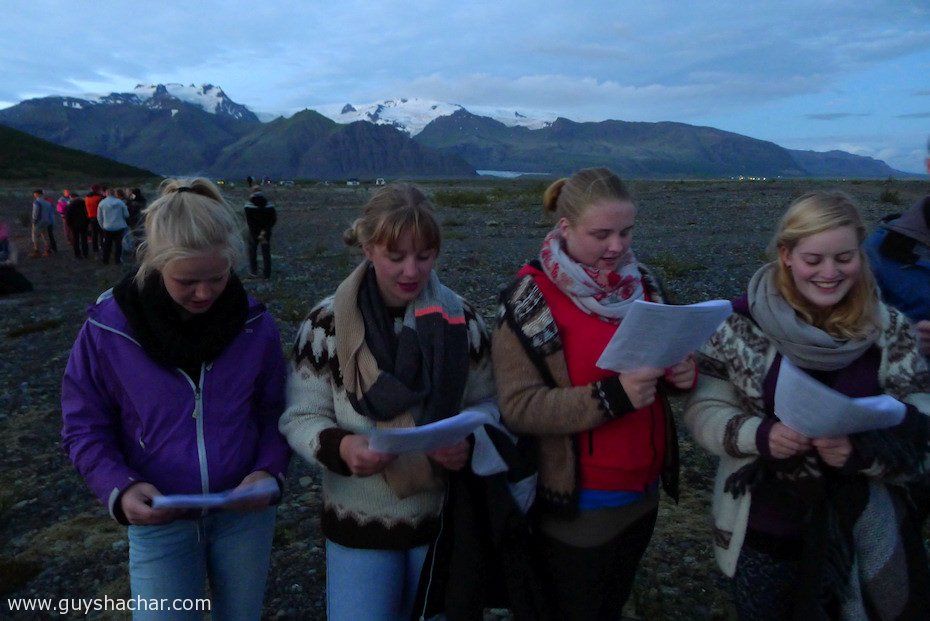
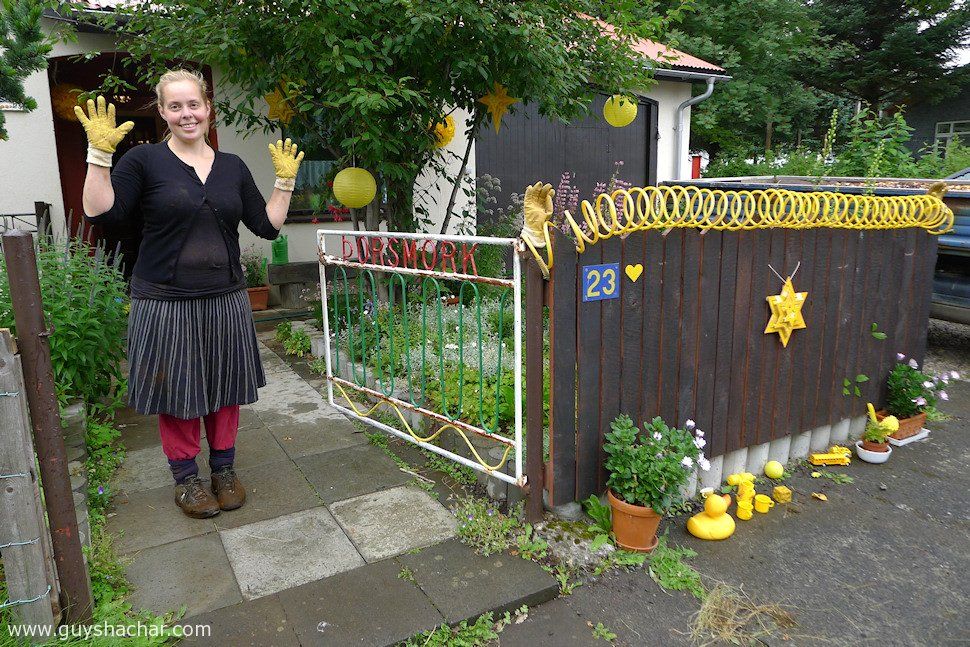
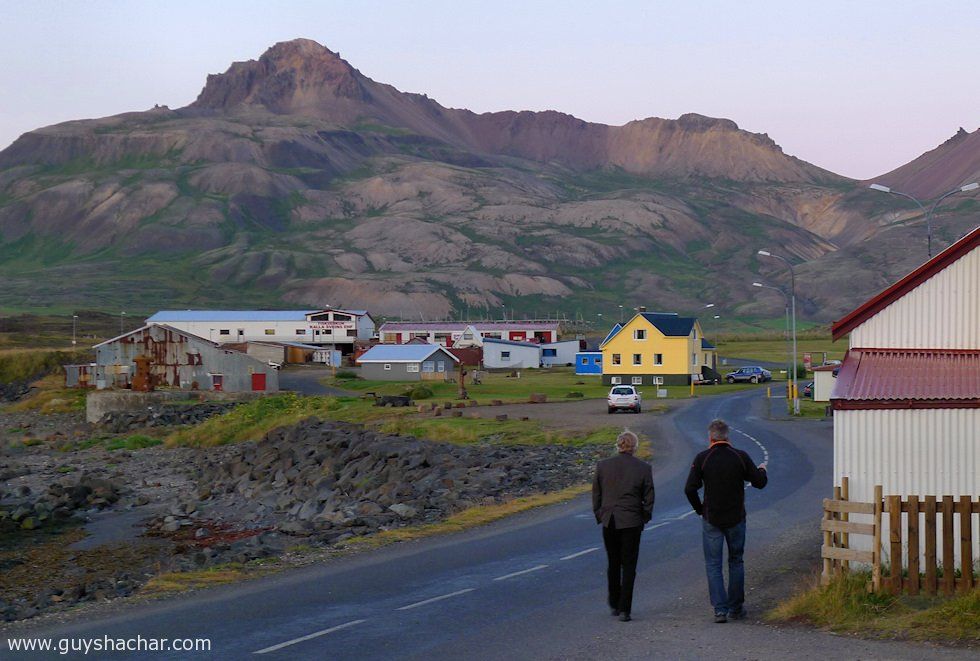
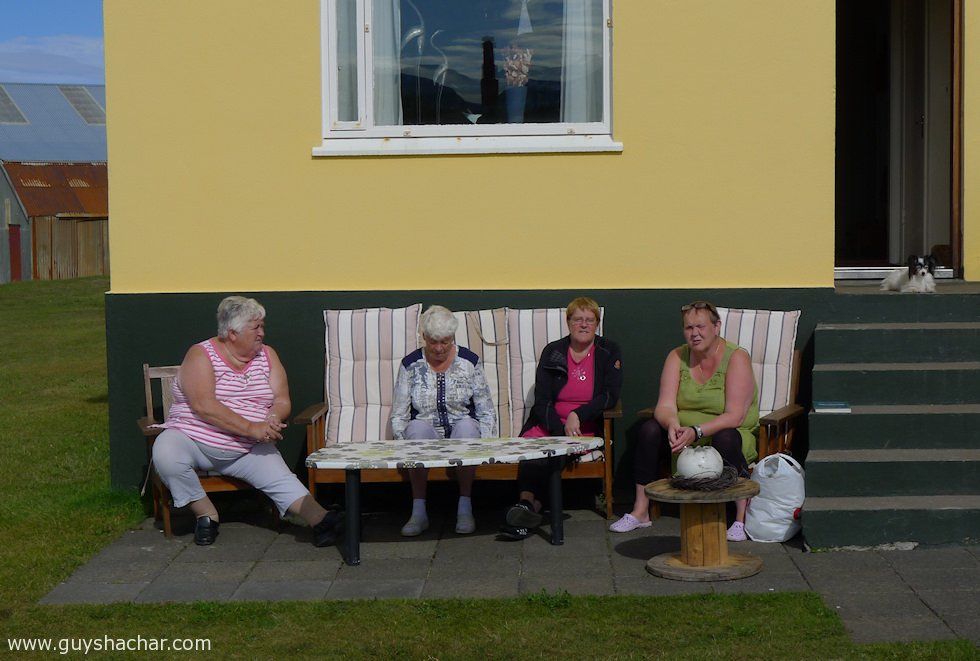
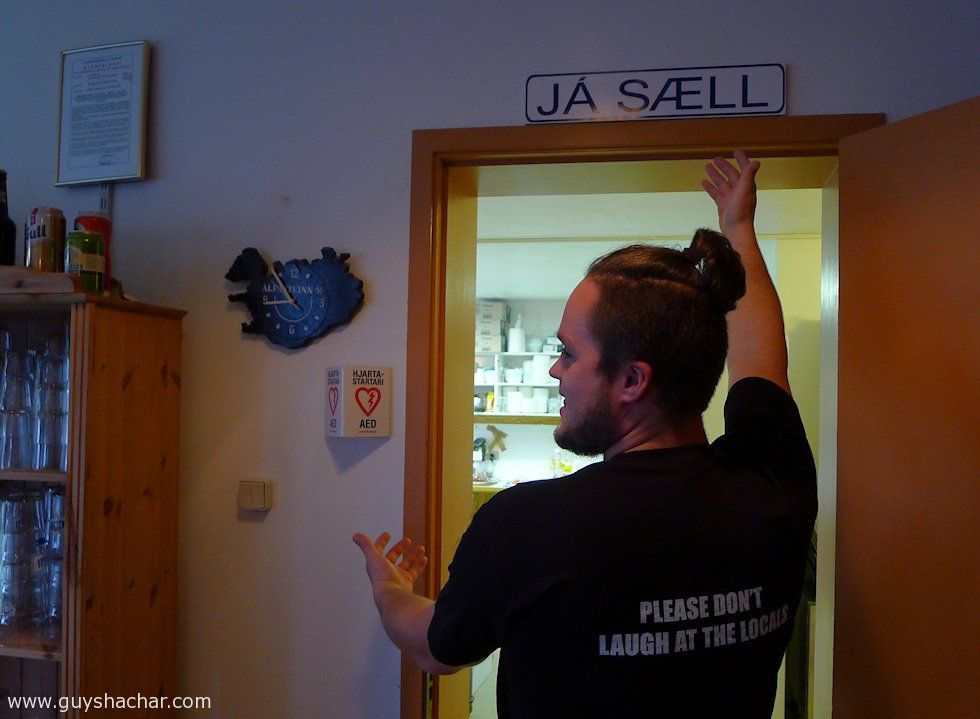

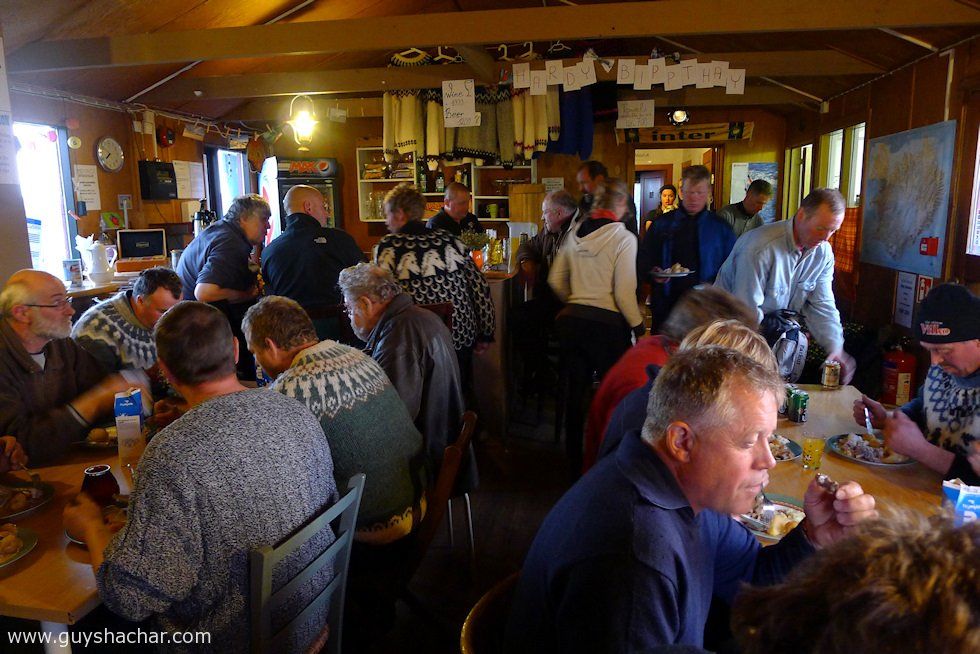
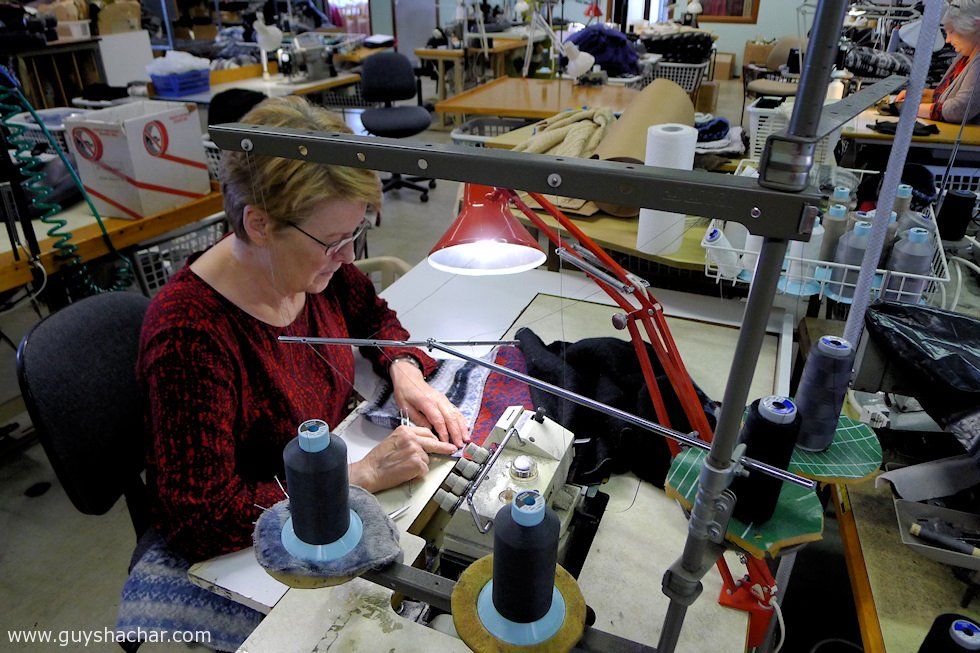
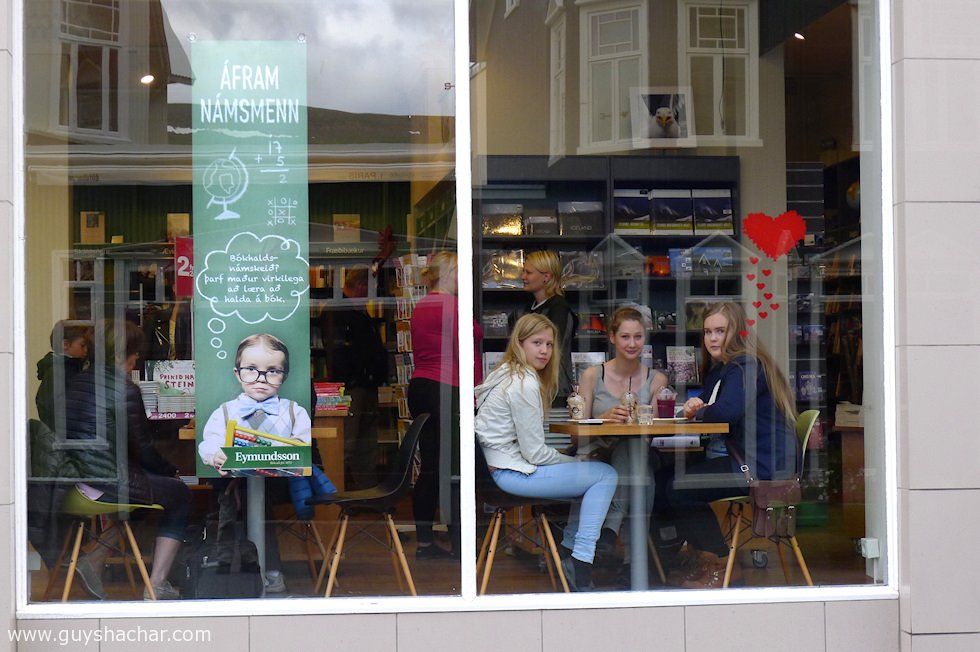

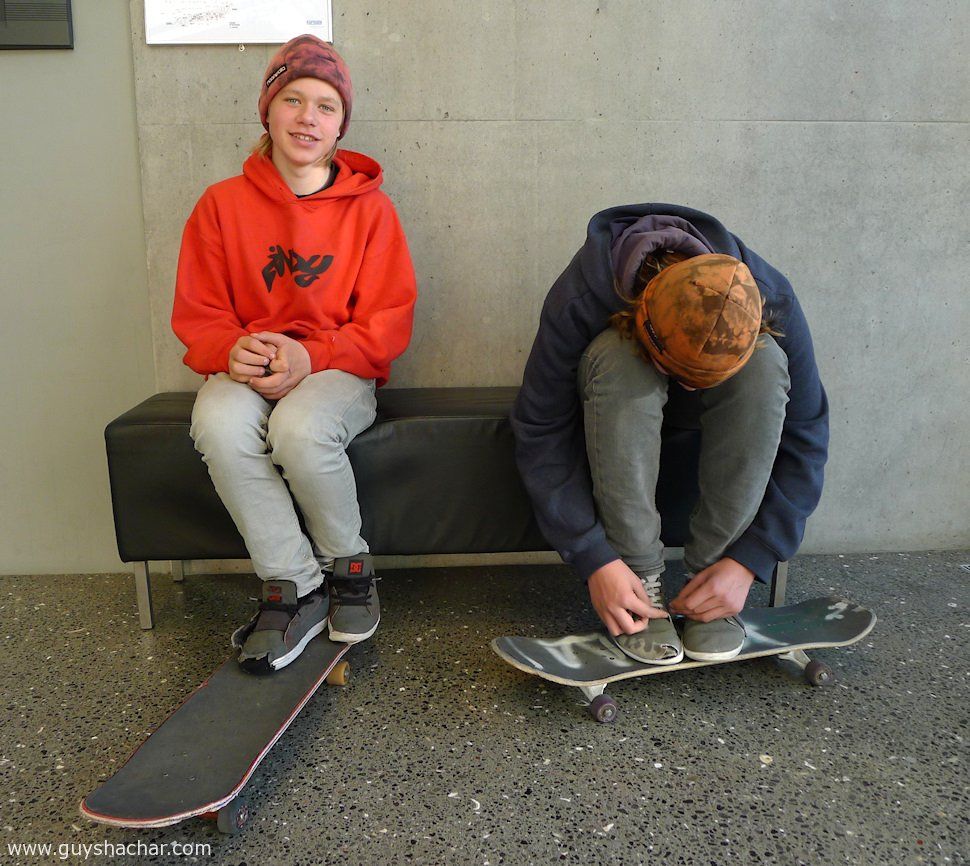
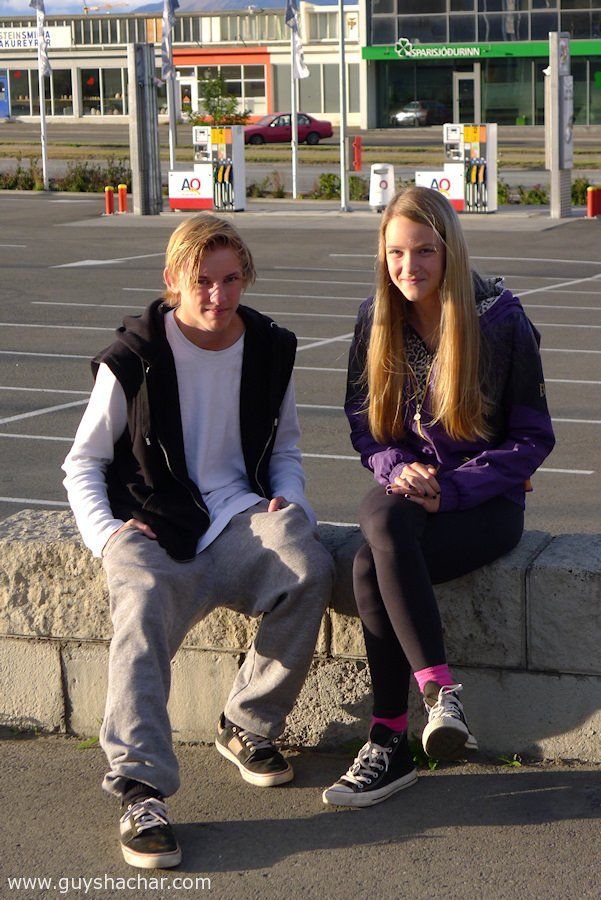
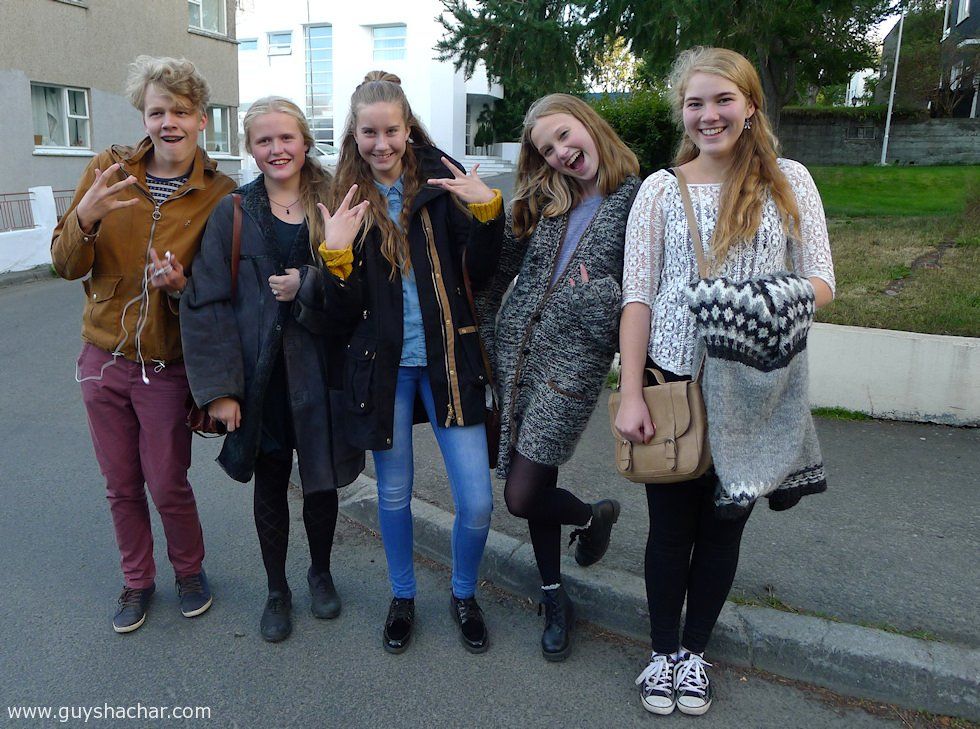
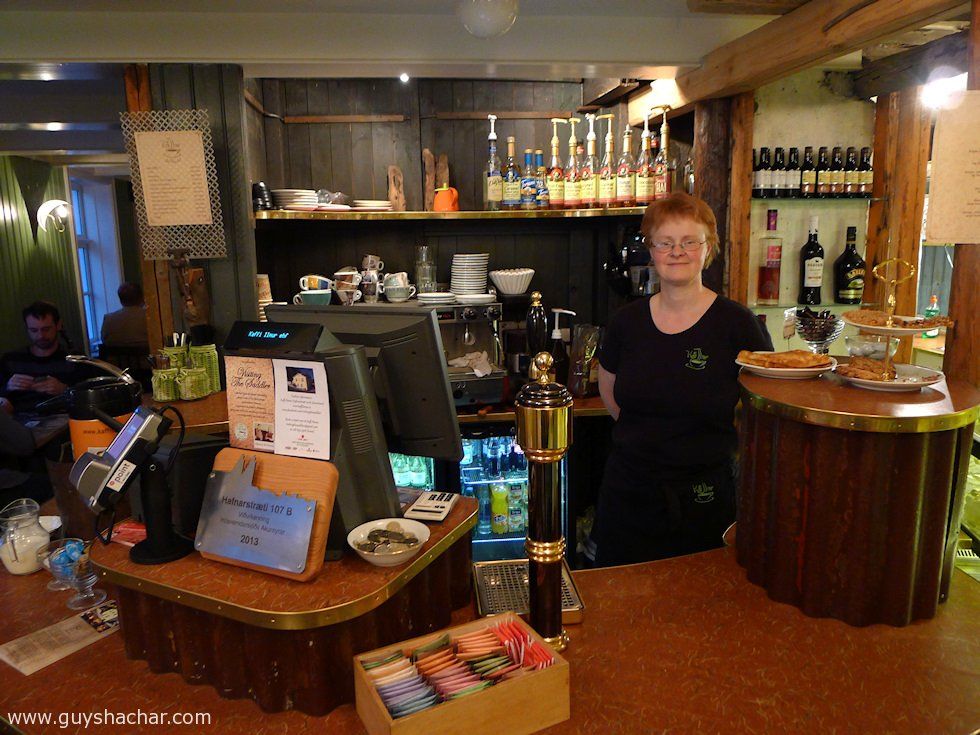
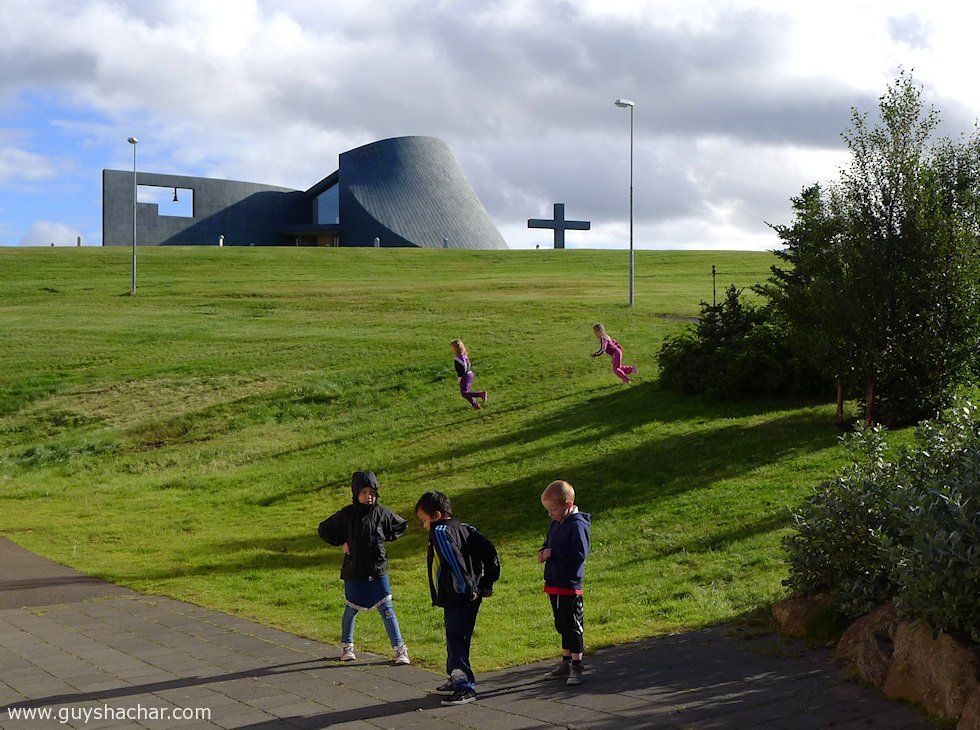
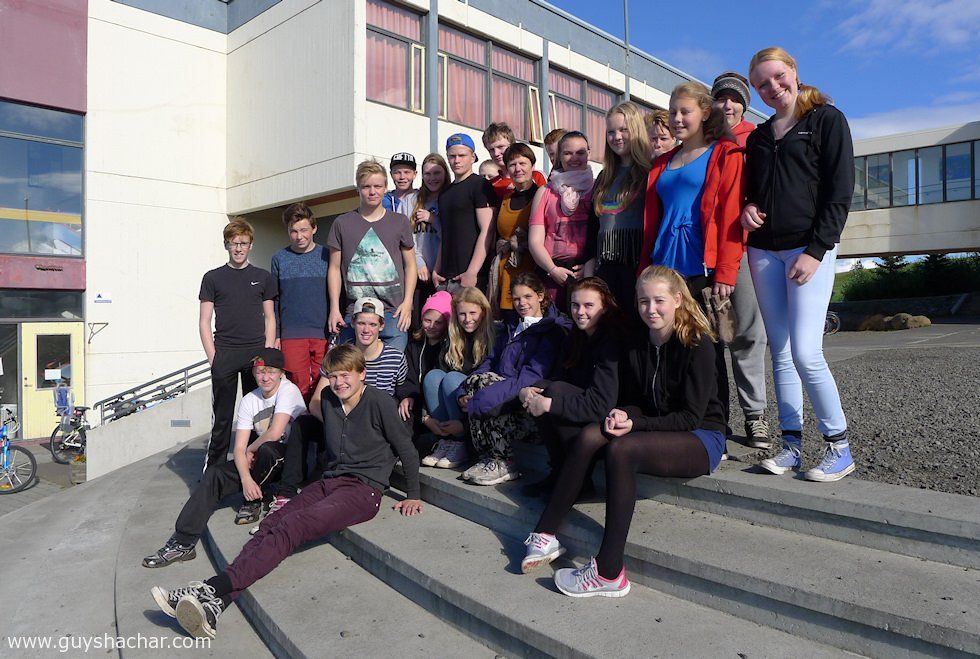
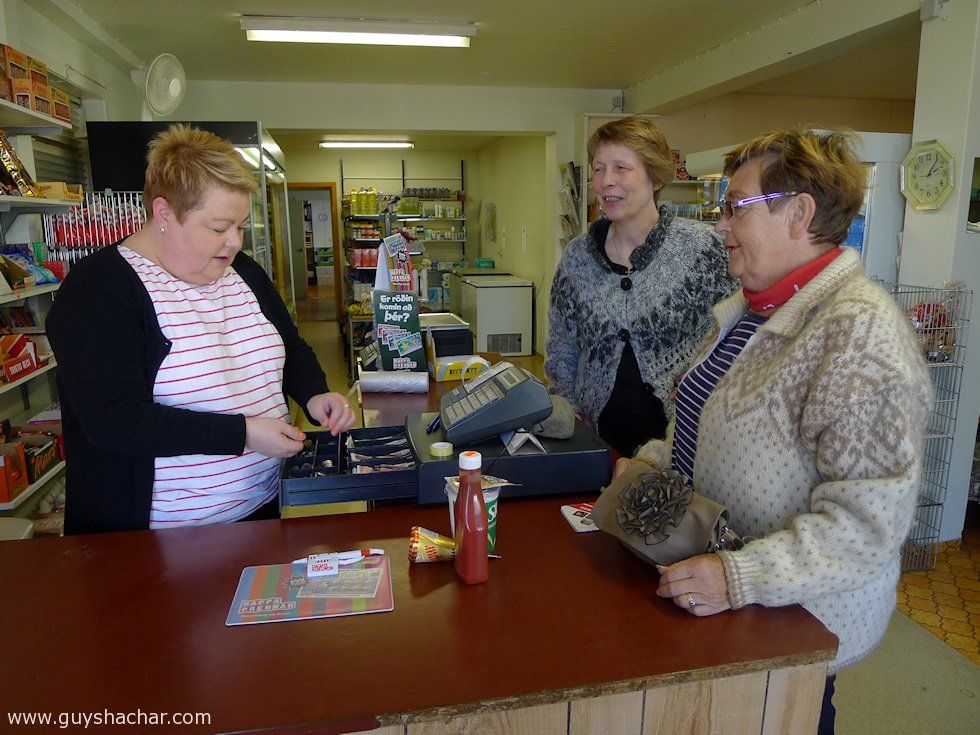
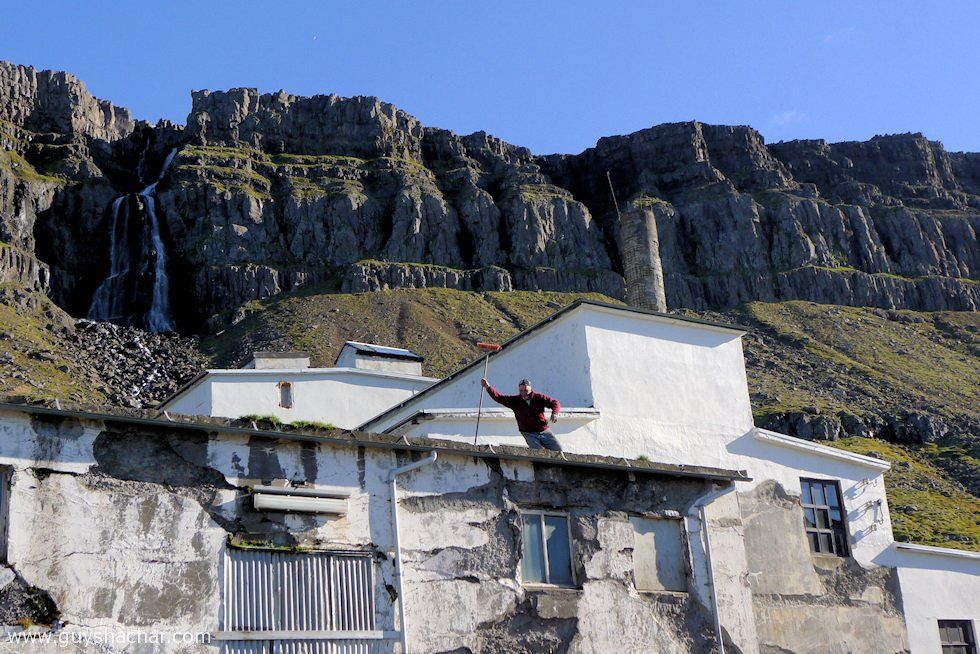
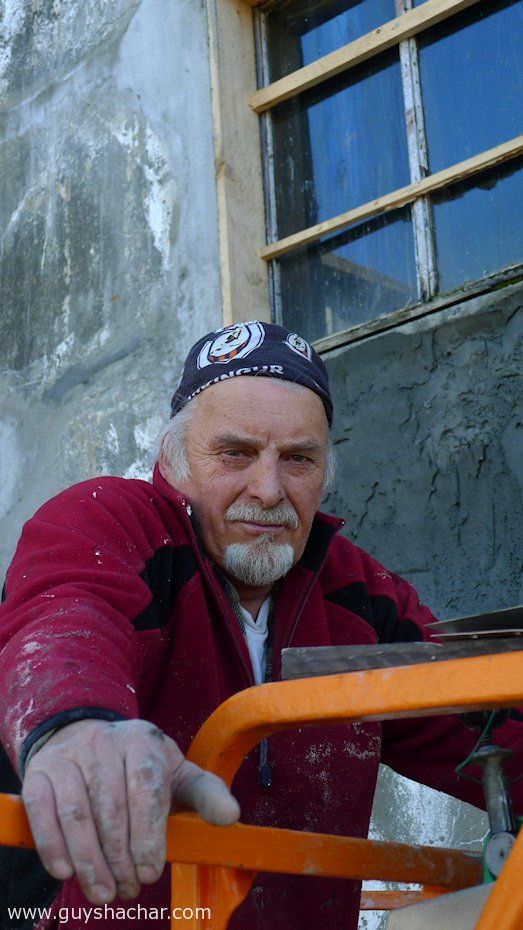
4 Responses
Oצקר
NICE VERY NICE
יאיר ביברמן,
Very impressive and interesting,
thank you very much for this mail
as well as your other works mainly from our home land
and other locations in the middle east.
Yair Biberman.
יאיר ביברמן,
Dear Guy,
Many thanks for this mail as well as for all other
works about locations in Israel and its serounding
countries. Just yesterday I red again your work
about Herod very impressive. Thank you again
follow up this course. Yair Biberman, Ramat Hasharon 28/10/13
eliezer sasi,from tanzania
very great story